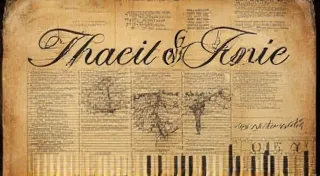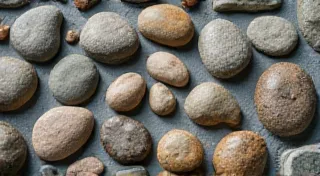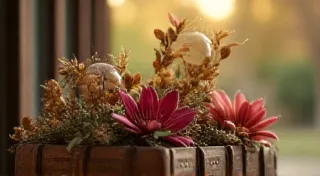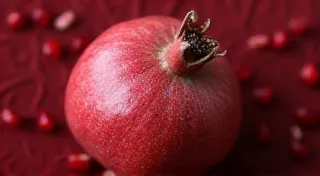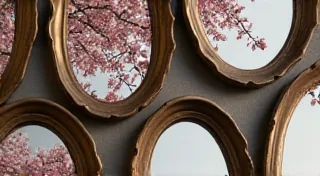The Bean's Echo: How Ancient Varieties Shape Modern Cuisine
There’s a certain melancholy beauty to things that have endured. A worn leather armchair, a chipped china teacup, a handwritten letter – each carries the silent whisper of lives lived, stories shared, and moments treasured. I find that same quality profoundly moving in heirloom beans. They aren't just food; they're living history, tangible links to a culinary past that continues to resonate in our kitchens today. Much like an antique accordion – its bellows sighing with decades of music – these beans carry an echo of generations past, an echo that subtly influences how we eat and understand flavor.
My grandfather, a taciturn man of the earth, grew a small patch of Jacob’s Cattle beans every year. I remember the ritual – the careful planting, the patient weeding, and finally, the harvest. The beans themselves were a revelation: mottled red and cream, unlike any I’d ever seen in a supermarket. He wouldn't talk much about them, but I sensed a deep respect for the lineage, the connection to his own father, and to a tradition stretching back even further. It wasn’t just about the beans, it was about preserving something precious, something that might otherwise be lost to the relentless march of “improvement” and standardization.
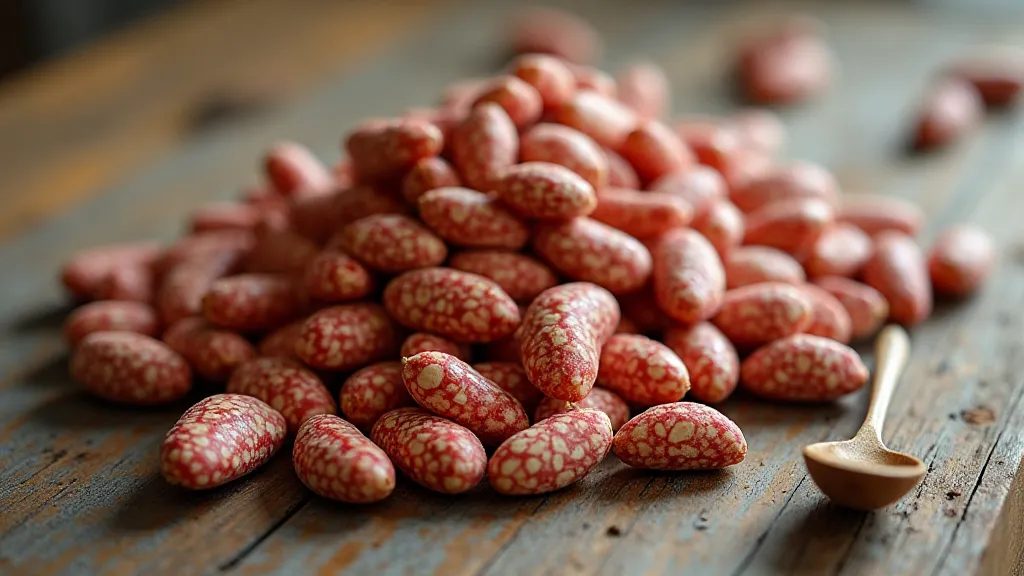
The Disappearance and Reappearance of Flavor
For centuries, beans were the backbone of diets around the world. Each region developed its own cherished varieties, adapted to local climates and soil conditions. Consider the Scarlet Runner bean in the Americas, the Borlotti bean in Italy, or the Cannellini bean in France. These weren't just beans; they were integral parts of cultural identity, culinary traditions passed down through families. But the rise of industrial agriculture, with its focus on uniformity and high yields, began to erase that diversity.
The drive to maximize output led to the widespread adoption of a few “improved” varieties, often at the expense of flavor, texture, and nutritional value. These modern beans, while reliable and productive, often lack the complexity and character of their heirloom ancestors. The subtle nuances – the creamy texture of a Scarlet Runner, the earthy sweetness of a Borlotti – began to fade from our collective palate.
Thankfully, a movement to rediscover and preserve these lost treasures emerged in recent decades. Seed savers, farmers, and passionate cooks began to champion heirloom varieties, recognizing their intrinsic value and their potential to enrich our food culture. Like restoring an old accordion, carefully cleaning and repairing its delicate mechanisms, seed savers meticulously collect, preserve, and share these ancient seeds, ensuring their survival for future generations.
Understanding Heirloom Beans: More Than Just a Name
So, what exactly defines an heirloom bean? The general definition is a bean variety that has been passed down for at least 50 years, typically through non-hybrid means. This means the seeds have been saved and replanted, maintaining their genetic purity. Hybrid beans, while often productive, don't breed true from seed – the offspring won't be identical to the parent plant.
Beyond the technical definition, there's a philosophical aspect to heirloom beans. They represent a commitment to preserving biodiversity and honoring the legacy of those who came before. Choosing heirloom beans is a conscious decision to support sustainable agriculture and to taste the flavors of the past. It’s a way to connect with a simpler, more connected way of eating.
Bean Growing: Nurturing History in Your Garden
Growing heirloom beans isn’t drastically different from growing modern varieties, but there are a few nuances to keep in mind. Like caring for an antique accordion – understanding its unique construction and anticipating its needs – successful bean growing requires a bit of knowledge and attention.
- Soil: Beans prefer well-drained soil rich in organic matter.
- Sunlight: They need at least 6-8 hours of sunlight per day.
- Planting Time: Wait until the soil has warmed up – typically after the last frost.
- Support: Many heirloom beans, particularly climbing varieties, will need a trellis or other support system.
- Saving Seeds: The beauty of heirloom beans lies in their ability to reproduce true from seed. Allowing some pods to mature fully and then carefully extracting and drying the seeds allows you to perpetuate the lineage, passing on the legacy to future gardeners.
Some heirloom varieties might have slightly lower yields than modern cultivars, but the trade-off is well worth it for the exceptional flavor and the satisfaction of growing something truly special. Furthermore, some older varieties might be slightly more susceptible to certain pests or diseases, which emphasizes the need for vigilant observation and proactive, organic gardening practices.
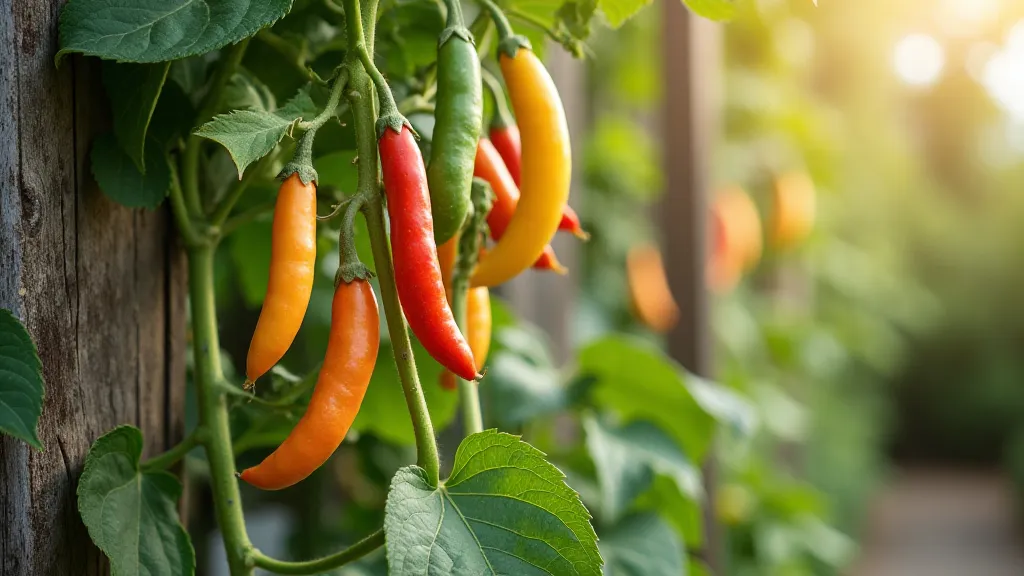
A Taste of Heritage: Culinary Possibilities
The culinary potential of heirloom beans is vast and exciting. Their diverse flavors and textures open up a world of possibilities for chefs and home cooks alike. Think of it as discovering a trove of forgotten melodies on an old accordion – each bean offering a unique and beautiful expression.
- Borlotti Beans: Perfect for creamy soups, hearty stews, or simply tossed with olive oil and herbs.
- Cannellini Beans: A staple in Italian cuisine, delicious in salads, purees, and pasta dishes.
- Jacob’s Cattle Beans: Beautifully mottled beans that add visual appeal to salads and bean dishes.
- Scarlet Runner Beans: Delicious steamed, boiled, or baked.
Don't be afraid to experiment with different varieties and cooking methods. Explore regional recipes and discover the unique ways these beans have been traditionally prepared. Consider pairing them with complementary flavors and ingredients to create truly memorable meals.
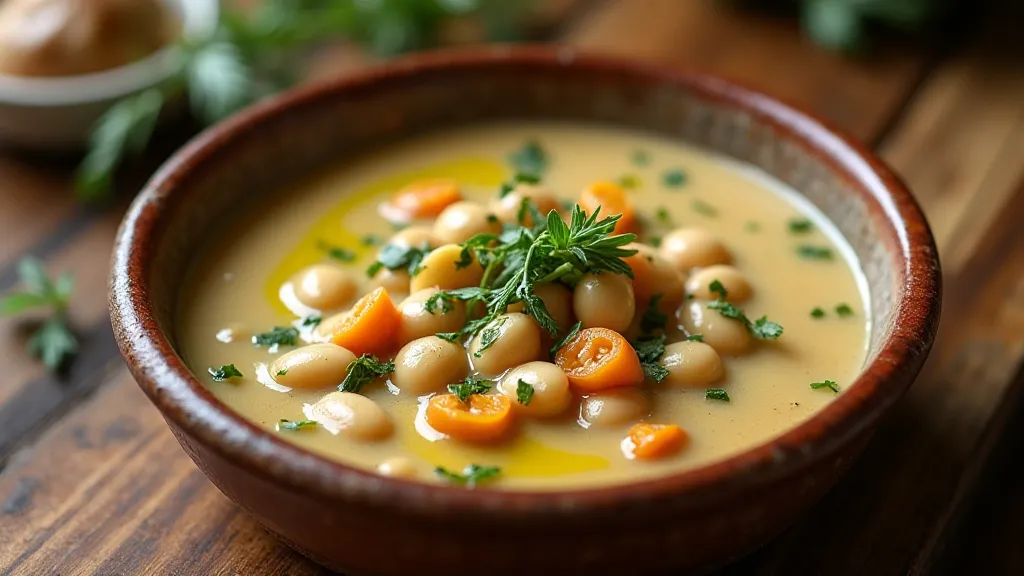
More Than Just Food: A Connection to the Past
Growing and eating heirloom beans is more than just a culinary trend; it's a way to connect with the past, to honor the traditions of those who came before, and to contribute to a more sustainable and flavorful food system. Just as restoring an old accordion requires patience, dedication, and a deep appreciation for craftsmanship, nurturing heirloom beans requires a similar mindset. Each bean carries a story, a legacy, and a taste of history that enriches our lives and our understanding of the world around us. They are, in essence, edible echoes of a richer, more diverse culinary past, whispering of resilience, adaptation, and the enduring power of human ingenuity.
